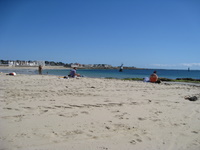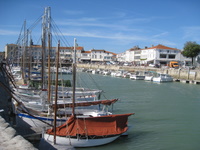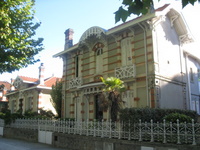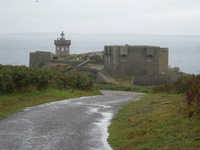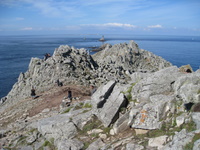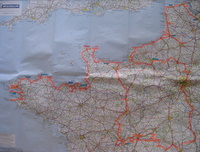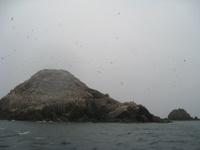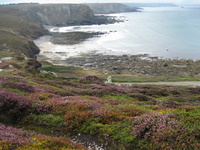People often ask why my husband and I decided to move permanently to Guadeloupe – and by permanently, I mean we are actually buying a piece of property to build a home and a small business. Up until now, we have always rented. Though we’ve lived two years or more in a few places – Morocco, France, Pennsylvania – we always knew that they were temporary homes. This time, we plan to stay. So, why Guadeloupe?
There are several reasons, and perhaps the most important is also the most banal: we like the weather. I am très frileuse, as the French put it: very intolerant of cold. We would have liked to stay in France, but after 5 years, I realized it was just too cold. Hyères has the Mistral, which can make even warm days chilly, so after a lot of research we moved to the warmest place dans l’Hexagone: Menton, whose microclimate and protective mountains result in moderate winters. Even so, I was still cold and unhappy for several months of the year, so we had to look further afield. Continue reading

